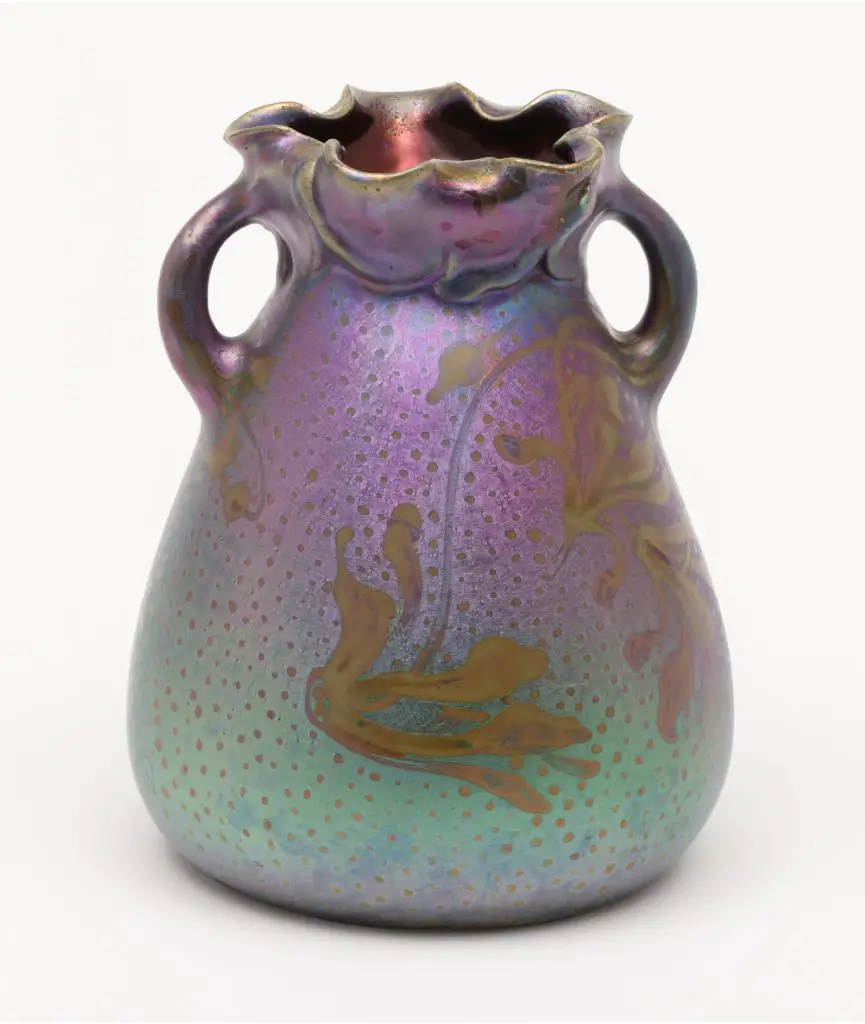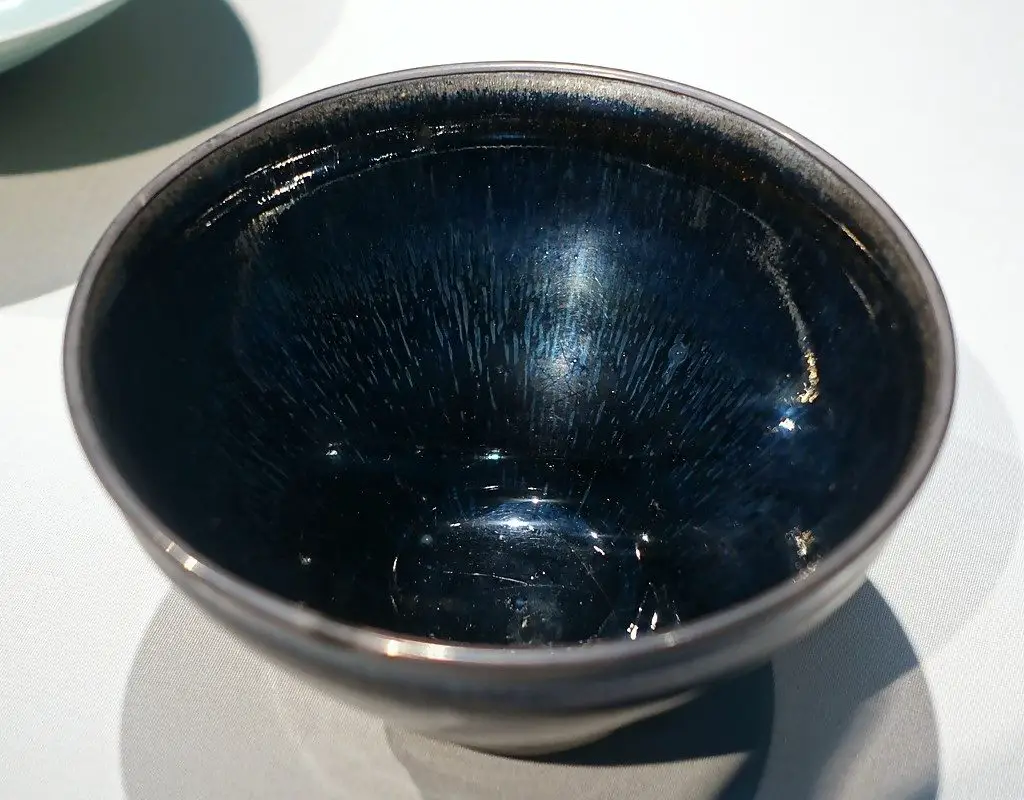Earthenware glaze recipes, also known as low-fire glaze recipes, are great for those potters who want to bring something unique to the table but don’t know how. Earthenware tends to be a bit harder to glaze since the melting point is a little bit lower than other clay bodies.
But, don’t despair, because you can do a lot with a Cone 04 recipe, and there are even unique colors you can invest in. Here, we’ll talk about the best recipes for earthenware that enhance your pottery, and make it worth your while.

The Waxy Matte Glaze
This is a great one for very low firing clay bodies, only working well for cone 012 to 09, so basically earthenware is the only good clay body for this. When you look at this though, you may wonder why it doesn’t add up to 100 percent.
The reason for this is because it uses the part system, which involves equal weight. Keep that in mind when you’ do use this.
To make it, you need to mix the following:
- 30 parts Gerstley borate
- 10 parts silica oxide
- 20 parts kaolin
With this, if you’re using a substitute to the first ingredient, do make sure that you adjust it for the ratio as needed.
When you do fire this, it should create the following:
- A matte look
- A “waxy” look to the pottery
This is a very simple earthenware recipe, but do know that with simplicity, it also is very limited in how to work with it.
Red-Purple Earthenware Glaze

If you’re sick of the traditional boring brownish look to your earthenware, then look no further. This is a great one, especially if you’re willing to fire this at a cone 04 environment.
To make this, you need the following:
- 39 parts calcium borate frit
- 5 parts whiting
- 23 parts quartz
- 27 parts soda feldspar
- 6 parts china clay
- 5 parts red stain (CdSe)
- .03 parts cobalt carbonate
With this one, it is a little different when making it, and you need to do the following in order to begin with it:
- Weigh out each of the parts of this
- Take the first five ingredients and put them in there
- Mix the last two ingredients and then mix it in
- You should get a reddish color, and from there, you put it on earthenware
- It fires ideally in an oxidizing environment, at around cone 04 for best results
You can do pretty purples and other glazes with this, you just need to make sure that you know what you’re doing, and the right techniques to bring forth a pretty base to this.
Curdle Blue Glaze
This is another very low-firing glaze, but there are actually a lot of other cautions you need to keep in mind with this one, and they include the following:
- Don’t let this contact with your skin
- Do not inhale this product
- Do not get it near your eyes
Borax, in particular, is very poisonous, so make sure you’re working in an environment that is well-ventilated.
To do this, you need to add the following together:
- 50% Gerstley borate
- 50% borax
- An optional .5% cobalt oxide
- 3% rutile
Mix all of these together, and it should give a unique blue texture to the pottery. Again, this one is an ideal one for those low-firing glazes that you may have, since it works better with this level of firing, so make sure you know that.

Sugary Satin Clear Glaze
This is another low-firing glaze, working ideally around cone 02 or cone 03, and is perfect for giving your pottery the following characteristics:
- A satin look
- A sugary texture to it
- A clear finish on top of the pottery
To do this, you need to mix the following together:
- 6% dolomite
- 19% within
- 33% Ferro Frit 3134
- 8% calcined kaolin
- 19% EDK Kaolin
- 15% silica
All of this should add up to 100%, and you simply mix this one as well in order to create the best pottery glaze for a piece you’re looking to add a clear glaze to. This can add a lot of power and pretty texture to it, and if you really want to add some color, cobalt, or iron oxide is a great way to really improve this.
Satin Black Matte Glaze

If you don’t want to cover your entire pottery piece with this, you can use this in different areas to create a smooth, black and matte look to your pottery.
To do this, you need to add the following to it:
- 30% Bentley borate
- 50% Spodumene
- 20% silica
- Mason Stain #6600 Black
At this point, you should then do the following with in order to create the glaze on this piece:
- Mix it all, adding the stain at the very end
- Put this on your earthenware
- Fire it from anywhere to cone 06-04
- Keep the atmosphere partially oxidized
- You can also add a white engobe to this as well, but that is not something you have to do
This is a great recipe for those earthenware pieces that need that little bit of an extra boost to them, and to make it shine even more than before.
Cobalt Purple Glaze
This is a great one if you are going to use it to create a bluish-purple texture on your pottery. However, you should make sure that you exercise caution since these materials are poisonous in their raw form.
The ingredients that you need for this are as follows:
- 15.2% soda ash
- 60.6% boric acid
- 7.6%magnesium carbonate
- 1/5% Cobalt oxide
- 15.2% silica oxide
To make this one, slowly mix this together, making sure that you are working in a ventilated area before you put this on your pottery. You should fire this one to cone 07, which again, is good for low-fired earthenware pottery.
Dark Purple Glaze
This is another great one to try with your earthenware. While it does have a purple hue to it, it actually looks almost brownish-purple in color and can be quite pretty.
To make this, you need to have the following set up:
- A cone 04 temperature
- An oxidized kiln
Now that you have the temperature and atmosphere set up, you can do the following.
First, you must mix these:
- 39 parts calcium borate frit
- 27 parts soda felspar
- 5 parts of whiting
- 23 parts quartz
- 6 parts china clay
Once those are mixed together, you then want to add the following to it:
- .05 parts magnesium dioxide
- .1 parts cobalt oxide
From here, mix it with some water, and then add it to the pottery that you plan on fixing up as a glaze. This can be quite pretty when fired, and I noticed especially for earthenware pottery it can be quite the eye-catcher, and it can look amazing in some cases.
Colemanite Liner Glaze
This is another great earthenware pottery glaze. It should create a white-yellow look in your pottery, and it is quite easy to put together.
To do this, you should mix together the following:
- 56.7% feldspar
- 25.8% colemanite
- 3.1% silica oxide
- 5.5% tin oxide
- 8.9% zinc oxide
When working with this one, again make sure that you’re in a space that is properly ventilated, but the materials thankfully aren’t poisonous. However, you shouldn’t ingest silica at all, since that can be incredibly dangerous for the lungs.
Clear Liner Glaze
If you want a simple clear glaze, this is probably one of the best out there. However, this one is also incredibly poisonous, since these materials are raw.
To make it, you need to add the following together:
- 30 parts soda ash
- 22 parts kaolin
- 39 parts silica oxide
- 9 parts lithium carbonate
When you do fire this, make sure it gets as high as cone 06, which means that it’s great for those low-firing pottery pieces that you have.
I love this one since it creates a clearer look at your pottery, and it is a good finishing glaze if you want to make your earthenware usable for other things besides decoration.
A Traditional Matte Glaze
If you’re looking for a low-firing matte glaze that isn’t black, then you’re definitely in the right place. Here, we’ll talk a little bit about what you should add if you’re going for that look.
To begin, you need to mix the following:
- 53 parts of Gerstley borate
- 5.5 parts of zinc oxide
- 25,7 parts of silica oxide
- 6.9 parts of calcium carbonate
- 8.9 parts of kaolin
- If you want a brownish or yellowish color with brown flecks, add 5 parts of rutile, and 2 parts copper carbonate
At this point, mix it all and put it in a code 05 atmosphere. You can from there get a wonderful, and pretty look to your matte pottery, and it does create a great effect on earthenware.
Green Matte Glaze
Finally, you’ve got this green matte glaze. However, this one has specific cautions that you need to focus on and ones that are important to do.
The cautions for this are the following:
- You should always work with these using ventilation
- These materials are poisonous in raw form, so make sure you use proper equipment
- Do not use these for dinnerware, they’re only good for decorative ware
- You can fire these up to cone 03 if you need something higher
Now, to make this, you need to mix the following:
- 26.9 parts of lithium carbonate
- 2.8 parts of bentonite
- 6.9 parts of calcium carbonate
- 53.9 parts of silica oxide
- 13.6 parts of kaolin
- 5 parts borax
- 3 parts iron chromate
When you do work with this, always make sure that you’re in an area that is open and has proper ventilation, and that you’re covering your skin, eyes, and face. This is especially important because lithium is poisonous if ingested.
Tips for Glaze Mixing
When you’re mixing glazes, there are a few extra things that you can do, and they include the following:
- If you want to add extras to it, make sure that you balance out all of the other materials, since if you have too much silica, quartz, or other components, it can affect how the recipes end up
- When mixing these, never work with your bare hands, and try to wear a mask or respirator when doing this
- Always mix these with 10 parts water, or maybe a little less depending on the texture you want
- These work best on a bisque fire, so do that first before you glaze fire
- For earthenware, make sure it doesn’t go past cone 02 since it can cause it to melt
- Not all of these are good for functional ware, and if you’re in doubt on whether or not you should use it, then don’t use it for functional reasons
- Lots of these have toxic materials, but they may not be as toxic when fired, so keep that in mind
- Always watch for crazing and other faults, and if you do notice this, don’t use it for functional ware
Earthenware pottery is quite fun to make, and there are lots of great, natural clays that you can use with different glazes such as the ones listed here. It adds a bit of variety to your earthenware adventures, and you can, with this as well, create some wonderful items that you can be proud of, and some cool glazed mixtures.







